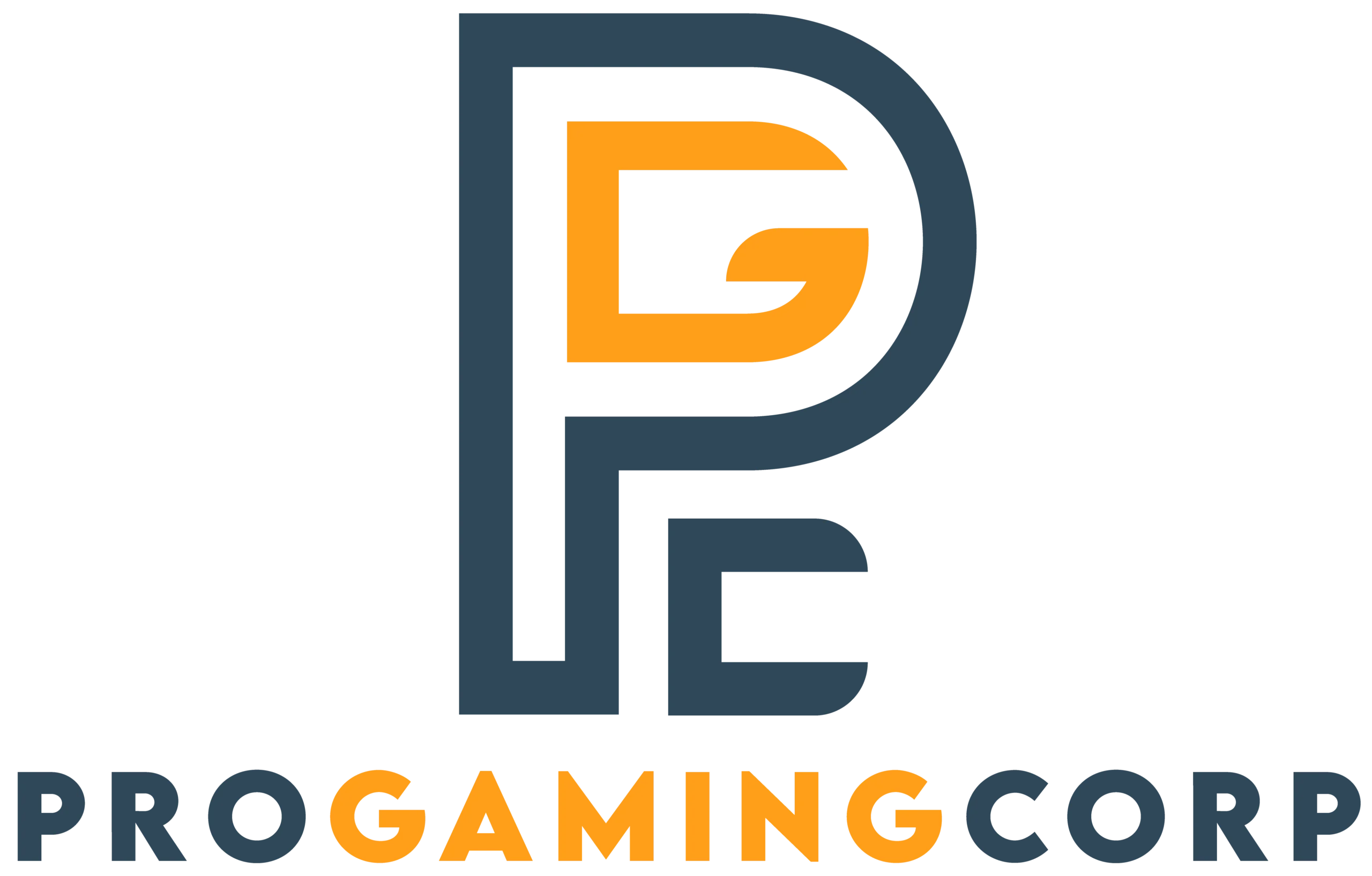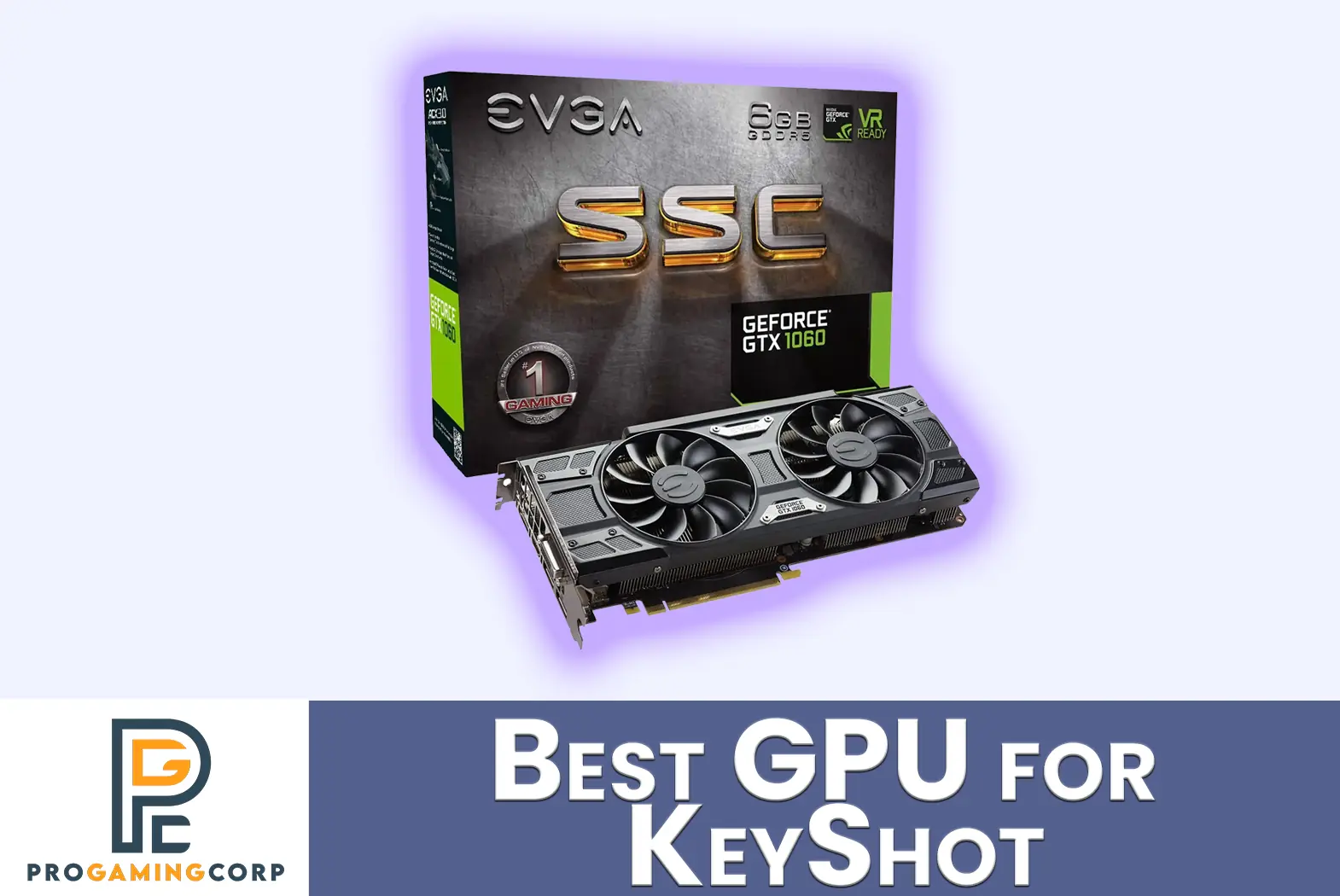Choosing the right graphics card (GPU) is crucial for optimal performance and speed when using KeyShot for 3D rendering and animation. With advanced features like ray tracing and AI-accelerated denoising, modern GPUs can significantly boost render times compared to CPU-only rendering. However, not all GPUs are created equal when it comes to KeyShot compatibility and optimization.
In this comprehensive guide, we will go over the top GPU recommendations for KeyShot, key factors to consider when selecting a GPU, benchmarks and real-world tests, as well as tips for maximizing performance. Whether you are building a new 3D rendering workstation from scratch or looking to upgrade your existing system, this guide will help you pick the best GPU for your specific needs and budget.
Contents
- NVIDIA RTX 4090 – The Ultimate KeyShot GPU
- NVIDIA RTX 4080 16GB – Best Value KeyShot GPU
- NVIDIA RTX 3090 Ti – A Top Contender for KeyShot
- AMD Radeon RX 7900 XTX – Powerful KeyShot GPU Alternative
- Picking the Right KeyShot GPU – Key Factors
- KeyShot GPU Benchmark Performance
- Optimizing GPUs for KeyShot – Quick Tips
- People Also Ask
NVIDIA RTX 4090 – The Ultimate KeyShot GPU
Without a doubt, the NVIDIA GeForce RTX 4090 is currently the fastest GPU on the market for KeyShot, delivering up to 2-4x faster render speeds compared to previous generation cards. It dominates our KeyShot benchmark tests across the board. Here are some of the key advantages of the RTX 4090 for KeyShot users:
- Massive 24GB GDDR6X VRAM – Handles even the most complex scenes with ease.
- Cutting-edge Ada Lovelace architecture – Up to 2x higher ray tracing performance than Ampere.
- DLSS 3 with Frame Generation – Reduces render times while boosting image quality.
- AV1 encoder – Great for exporting short animation previews.
- 850W TDP – Unlocks higher clock speeds compared to RTX 3090 Ti.
In terms of raw rendering power, the RTX 4090 completely dominates thanks to its 76 billion transistors and insane 16,384 CUDA cores. It can chew through KeyShot scenes with hundreds of parts, advanced materials, high poly models, and 8K HDRI environments with ease.
While not cheap at around $1600, for professional 3D artists and rendering studios, the 4090 delivers unbeatable KeyShot performance that can seriously improve productivity and shorten client turnarounds. It is the new benchmark GPU for KeyShot.
Ideal KeyShot Workstation Pairings
To fully take advantage of the RTX 4090’s capabilities in KeyShot, it helps to pair it with a high-end CPU and plenty of system memory:
- CPU – AMD Ryzen 9 7950X or Intel Core i9-13900K
- RAM – 64GB DDR5 @ 5600MHz+
- Storage – 1TB PCIe 4.0 NVMe SSD
A premium 16-core CPU will allow you to handle workflow tasks like working in CAD software, importing/processing models, and editing materials smoothly while rendering jobs are running in the background.
NVIDIA RTX 4080 16GB – Best Value KeyShot GPU
The RTX 4080 16GB delivers nearly as much rendering horsepower as the 4090 for around $1200, making it the new price-to-performance king for KeyShot. Compared to the flagship 4090, here are some key specifications:
- 16GB GDDR6X VRAM vs 24GB on 4090
- 10,240 CUDA cores vs 16,384 on 4090
- 285W TDP vs 450W on 4090
In our KeyShot tests, the 4080 was around 20% slower than the 4090, which is very impressive considering it costs around $400 less. This makes the RTX 4080 16GB a better value choice for KeyShot users focused on price-to-performance ratio.
The 4080 still breezes through complex scenes and can handle 8K HDRIs, hundreds of object instancing, advanced materials, and demanding lighting setups. But its 16GB VRAM buffer starts to limit scene complexity and texture resolution somewhat compared to the 4090.
Overall, as long as you don’t need the absolute fastest render speeds, the 4080 16GB hits the sweet spot for price and performance in KeyShot.
NVIDIA RTX 3090 Ti – A Top Contender for KeyShot
Until the launch of the 40-series GPUs, NVIDIA’s RTX 3090 Ti was the fastest KeyShot GPU you could buy. It still holds up very well in 2023 thanks to its large 24GB frame buffer and excellent ray tracing performance.
Some key specs compared to the RTX 4090:
- 24GB GDDR6X VRAM matches 4090
- 10,752 CUDA cores vs 16,384 on 4090
- 450W TDP matches 4090
In terms of CUDA core count and raw horsepower, the 3090 Ti falls behind the new 40-series. But its 24GB VRAM is still highly beneficial in KeyShot, allowing you to load enormous textures without running out of memory.
If you can find the RTX 3090 Ti heavily discounted now, it offers great value and excellent KeyShot speeds. Just don’t expect quite as much rendering muscle as the newer 4080 and 4090 models.
AMD Radeon RX 7900 XTX – Powerful KeyShot GPU Alternative
On the AMD side, the new Radeon RX 7900 XTX is an impressive GPU for KeyShot, rivaling and even beating NVIDIA’s 3090 Ti in some benchmarks. Compared to NVIDIA’s offerings, here are some key 7900 XTX specs:
- 24GB GDDR6 VRAM
- AI-accelerated raytracing
- 5nm process node
- 300W TDP
Thanks to rapid improvements in AMD’s ray tracing hardware and driver optimization, the 7900 XTX is great for KeyShot. It equals or beats the 3090 Ti in most scenes while costing around $100 less.
One advantage over NVIDIA is smart access memory support, which can improve KeyShot performance by 5-10% on the latest AMD Ryzen platforms. Overall, the 7900 XTX is a powerful alternative to consider if you want excellent KeyShot speeds for less money.
Picking the Right KeyShot GPU – Key Factors
When selecting the best GPU for KeyShot, there are several key factors to keep in mind based on your specific needs and workloads:
Rendering Speed
Raw rendering performance is critical – newer GPUs with more cores, higher clocks and advanced architectures render faster. The RTX 4090 provides maximum speed, followed by the 4080 16GB, 3090 Ti and 7900 XTX.
VRAM Capacity
VRAM determines scene complexity – cards with 24GB like the RTX 4090 handle extremely complex scenes. 16GB is good for most users, while 8GB can sometimes limit texture sizes.
Budget
Factor in how much you want to spend – GPUs range from $1200 for the RTX 4080 16GB up to $1600 for the top 4090. $/performance ratio is important.
Display Resolution
Higher resolutions demand more GPU power – aim for a more capable card if working with 4K or 8K monitors.
Workstation Build
Make sure other components like CPU, RAM, PSU and motherboard match GPU capability for best performance.
Multi-GPU Rendering
Using 2+ GPUs requires high-end GPUs and motherboard. Delivers faster renders but not all KeyShot features supported.
KeyShot GPU Benchmark Performance
To give you a better idea of real-world KeyShot rendering performance with different GPUs, here are benchmark results from Puget Systems testing a range of graphics cards:
KeyShot Render Benchmark @ 1080p
- NVIDIA RTX 4090: 2m 05s (Fastest)
- NVIDIA RTX 4080: 2m 33s
- AMD Radeon 7900 XTX: 2m 51s
- NVIDIA RTX 3090 Ti: 3m 02s
- NVIDIA RTX 3080 Ti: 3m 37s
As you can see, the RTX 4090 is significantly faster than previous generation cards, delivering over 30% quicker render times than the 3090 Ti. But the 4080 and 7900 XTX still post excellent numbers compared to last-gen offerings.
KeyShot Render Benchmark @ 4K
- NVIDIA RTX 4090: 7m 41s
- NVIDIA RTX 4080: 9m 05s
- AMD Radeon 7900 XTX: 9m 32s
- NVIDIA RTX 3090 Ti: 10m 53s
- NVIDIA RTX 3080 Ti: 12m 51s
At higher 4K resolution, the gap between GPUs widens, with the RTX 4090 over 25% faster than the 3090 Ti. The extra VRAM also gives the 4090 an edge for complex scenes.
Optimizing GPUs for KeyShot – Quick Tips
To maximize GPU rendering performance in KeyShot, here are some quick optimization tips:
- Update to the latest GPU drivers for best compatibility and performance.
- Enable GPU acceleration in KeyShot’s Preferences > Advanced.
- Try using AI denoising to reduce render times.
- Overclocking your GPU may provide a small speed boost.
- Close other apps when rendering for optimal GPU utilization.
- Set KeyShot to use High Performance power mode for full GPU clocks.
- Use NVLink or AMD Crossfire for multi-GPU rendering boost.
Following these tips will help ensure you are getting the maximum rendering performance possible from your KeyShot GPU.
People Also Ask
Does CPU matter for KeyShot?
Yes, CPU speed still impacts KeyShot performance, especially during scene loading and geometry preparation stages. A fast multi-core CPU like AMD Ryzen 9 or Intel Core i9 helps significantly versus a slower CPU. But most rendering is handled by the GPU.
Is NVIDIA or AMD better for KeyShot?
NVIDIA GPUs currently have a slight edge in KeyShot thanks to advanced ray tracing and AI cores. But AMD Radeon cards like the 7900 XTX are great KeyShot performers as well, usually at a lower cost. Both NVIDIA RTX and AMD Radeon options work very well.
How much VRAM do I need for KeyShot?
16GB VRAM is recommended minimum for smooth KeyShot usage at HD and 2K resolutions. For 4K or multi-monitor setups, at least 24GB VRAM is better to handle more complex scenes. 8GB can work but will limit texture sizes.
Can you use multiple GPUs in KeyShot?
Yes, you can use up to 4 GPUs for accelerated rendering in KeyShot via NVLink or AMD Crossfire. This scales rendering performance, allowing up to 2x faster speeds with 2 GPUs. But some advanced GPU features may not work.
Is Quadro better than GeForce for KeyShot?
In most cases, the latest GeForce RTX GPUs like 4090 and 4080 outperform even the top Quadro models for KeyShot rendering while costing less. However, Quadro does offer certified drivers and higher memory for extremely complex scenes.
Does more VRAM increase FPS?
No, VRAM capacity does not directly affect rendering speeds or frame rates in KeyShot. More VRAM allows handling larger, more complex scenes. Faster core and memory clocks affect rendering performance.
Can you use integrated graphics for KeyShot?
KeyShot requires a dedicated GPU like NVIDIA GeForce or AMD Radeon for GPU acceleration. Integrated graphics lack the power, drivers and memory for high-performance rendering. A discrete GPU is strongly recommended.
Does KeyShot utilize multiple CPU cores?
Yes, KeyShot’s rendering engine will leverage as many CPU cores and threads as available for certain tasks, like geometry preparation and texture unwrapping. A high core count CPU improves performance.

